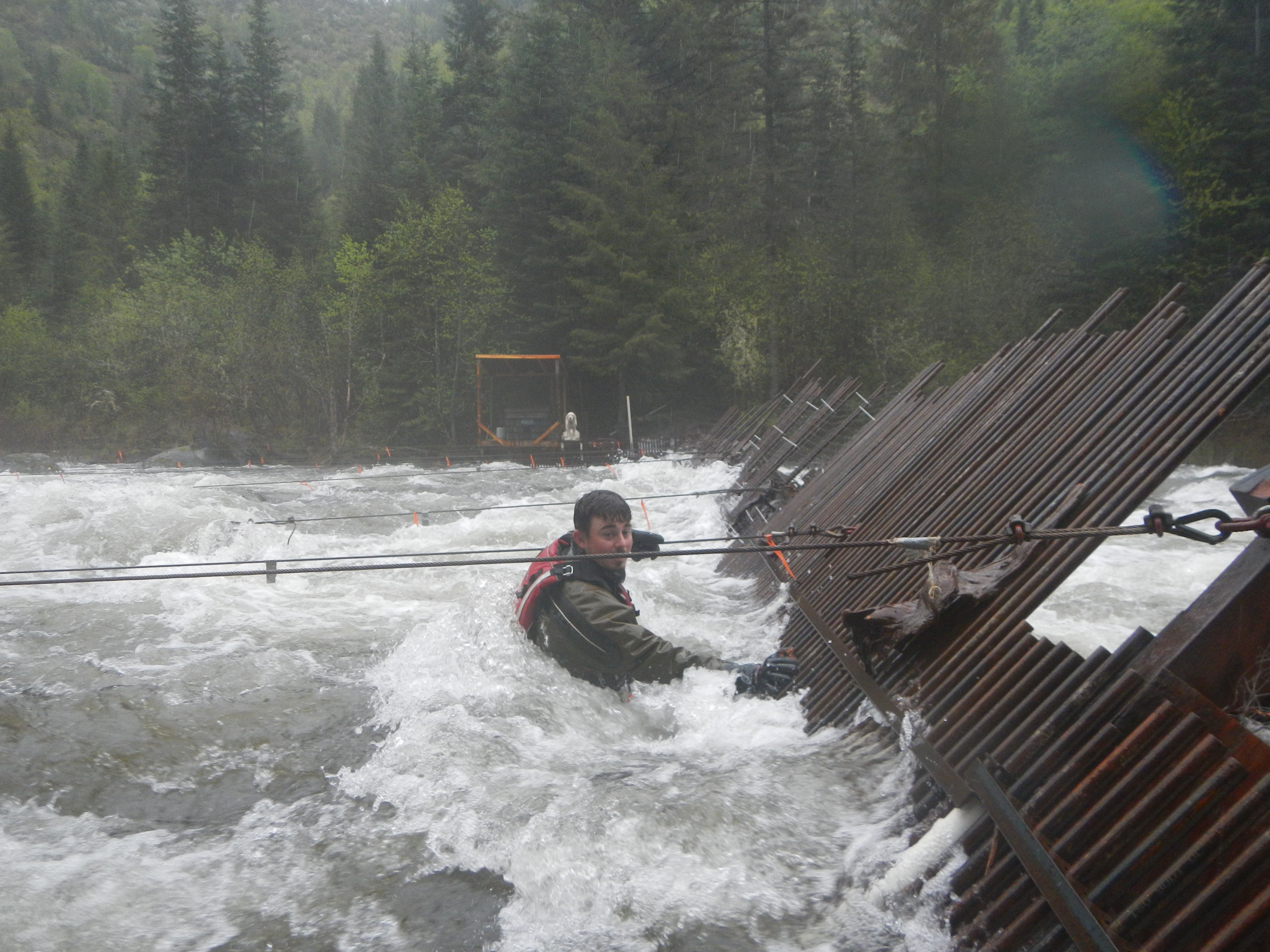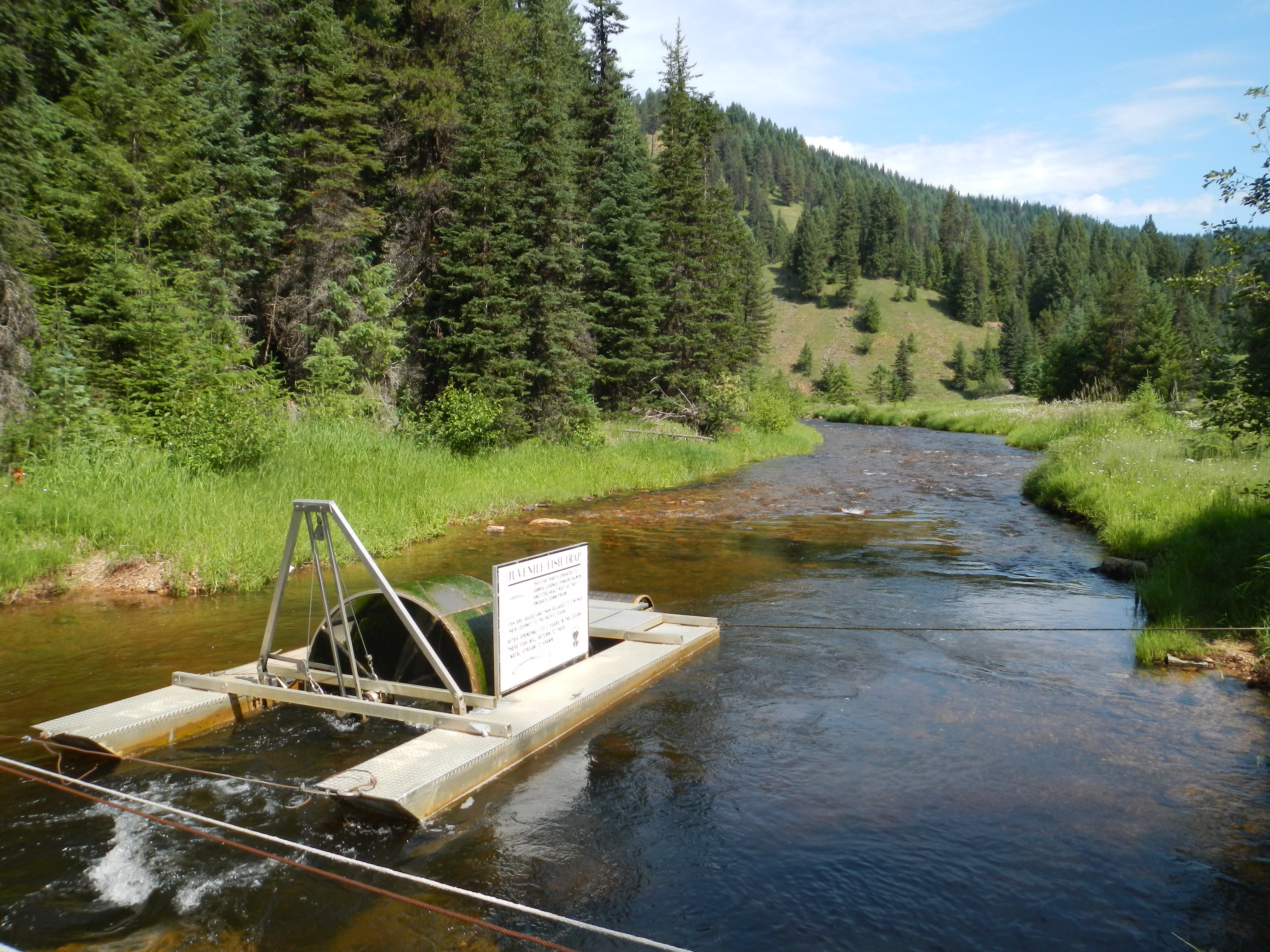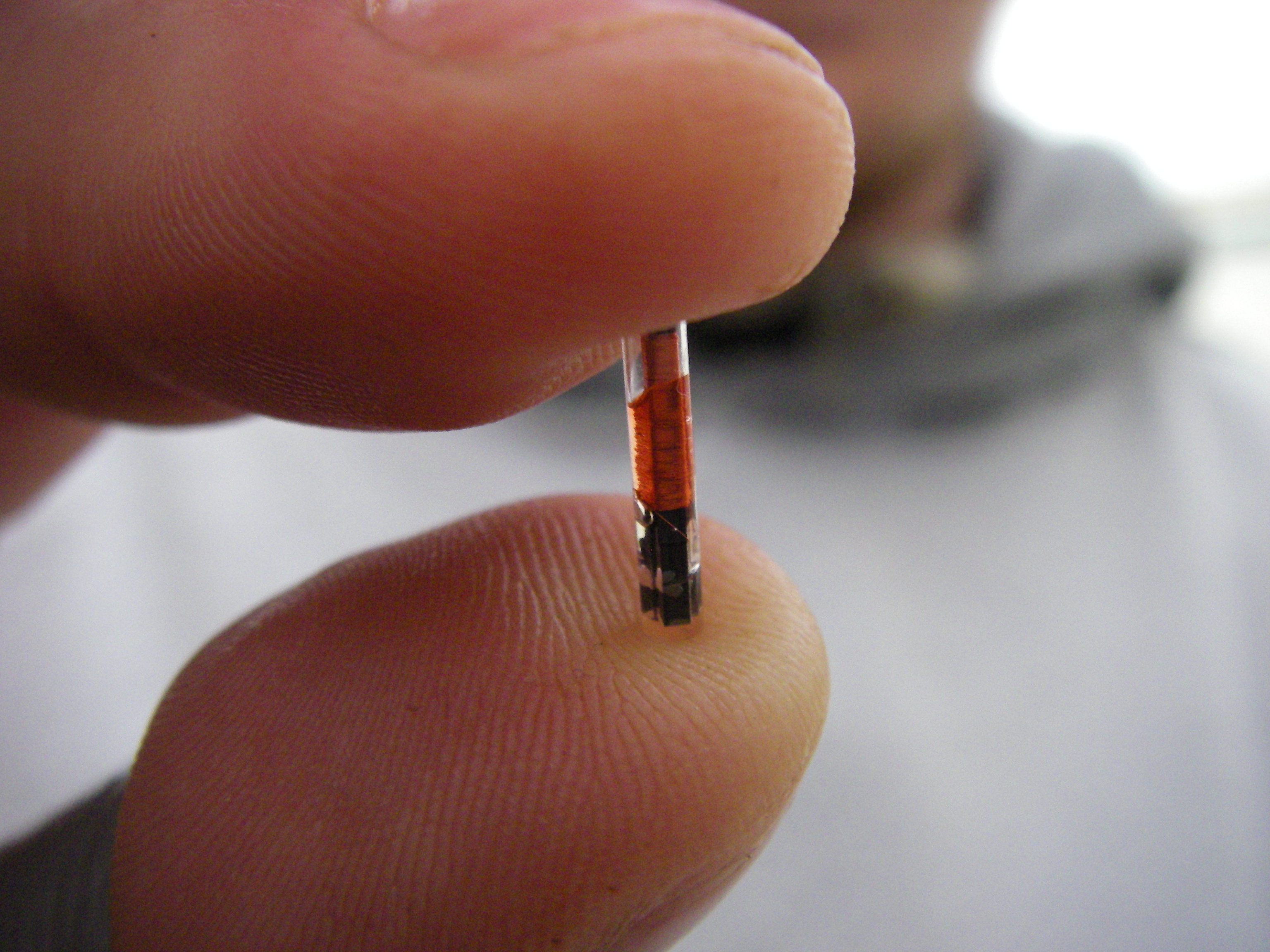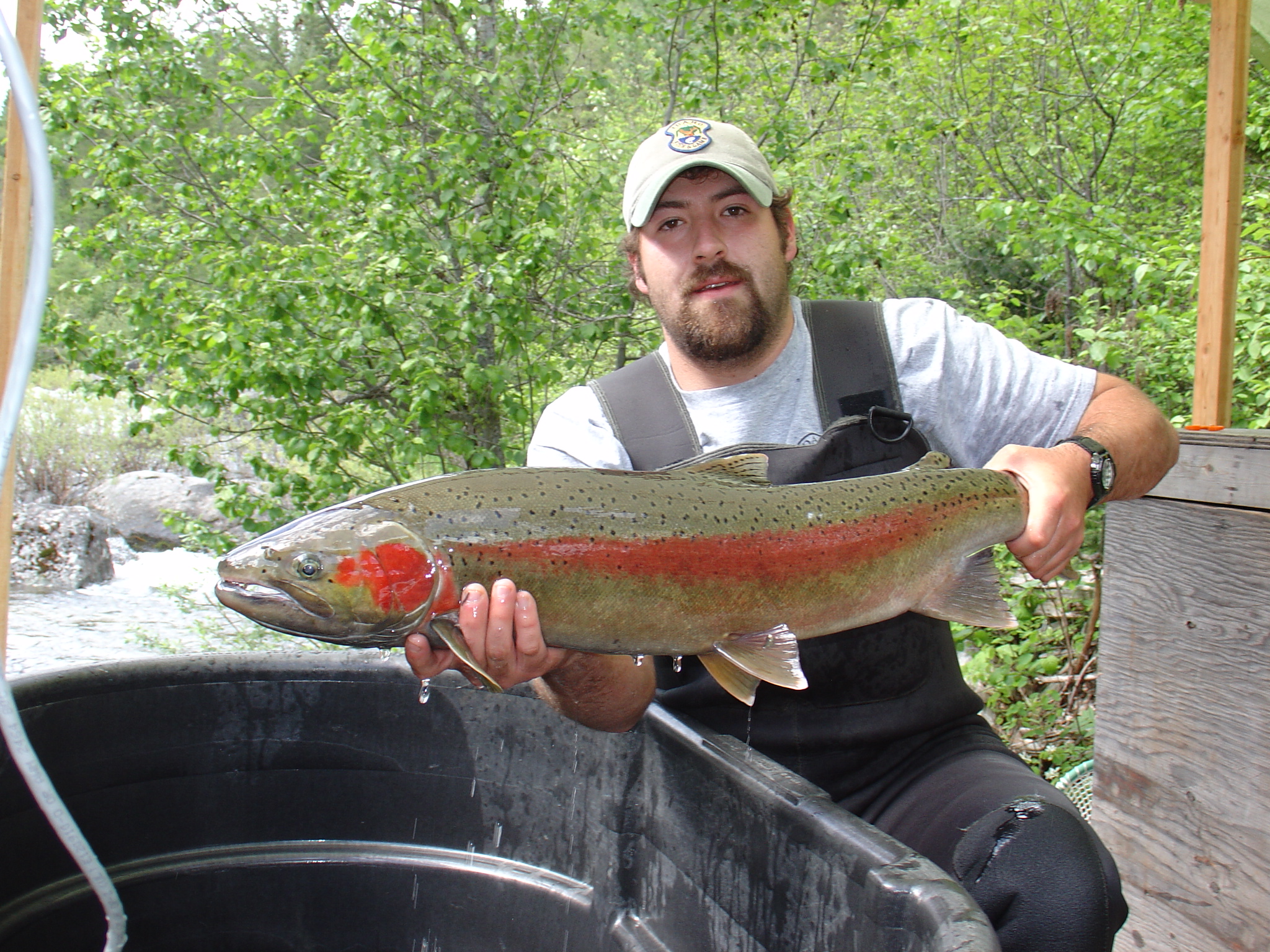Science and Monitoring for Wild Salmon and Steelhead
Idaho Fish and Game has long-range goals to recover and preserve Idaho’s salmon and steelhead runs. Many aspects of their life-cycle have been studied and monitored for decades, in order to better understand the needs of these fish and support their survival.
Fish and Game invests significant time and resources to learn about wild salmon and steelhead populations, as they are essential to the genetic diversity and ability of the fish to adapt to changing natural conditions.
Monitoring Wild Salmon and Steelhead
Biologists from Idaho Fish and Game and other agencies cooperate to collect information about wild salmon and steelhead in Idaho.
The data is used to answer basic but important questions.
- How many wild salmon and steelhead are there?
- How well are they surviving and reproducing?
- Which streams are they living in?
- What is their age, sex, and genetics?
- What are they doing?
To answer these questions, biologists conduct five types of surveys every year that provides this cradle-to-grave information.

Spawning ground surveys
Biologists walk or fly over streams to count salmon nests and collect samples from fish that have spawned and died. It is harder to collect this information on steelhead because they spawn in the spring when the water is running high and is often cloudy. Biologists use other techniques to survey spawning steelhead.

Weirs and instream tag detectors
Data on the movement of adult salmon and steelhead is collected using weirs and automated tag detectors. A weir is a fence across the stream that leads to a trap box where biologists can collect and handle fish. Tag detectors are installed in streams and electronically count tagged fish when they swim across the detector antennas.

Snorkel surveys
Crews put on wetsuits, masks, and snorkels to count fish in streams across Idaho during the summer. Young salmon and steelhead are easier to see and count once the spring snow melt is done. These surveys allow us to understand how juvenile salmon and steelhead use a stream and how successful their parents were at making the next generation.

Trapping downstream-migrating fish
Fish traps are operated on some streams and rivers to see how many young salmon and steelhead are leaving spawning areas. Some of the juveniles are tagged before they are released. Detections of these tags at dams downstream enable biologists to estimate how many young fish left Idaho and how many came back from the ocean as adults.

Collections at Lower Granite Dam
All of Idaho’s salmon and steelhead must cross Lower Granite Dam twice in their lives, once when they are going to the ocean and again when they are returning to Idaho. Traps at the dam enable Fish and Game biologists to collect information from fish that are migrating downstream and upstream. A certain number of adults are tagged to see if they are detected with the instream tag detectors upstream.

Special studies
Other studies may be done when there are questions that can’t be answered by standard work. For example, genetic analysis is often done on wild and hatchery fish. Sometimes biologists tag fish with small radios and follow them to see where they go before going to their spawning streams. New technology is tested to see if it can help biologists collect better information.
